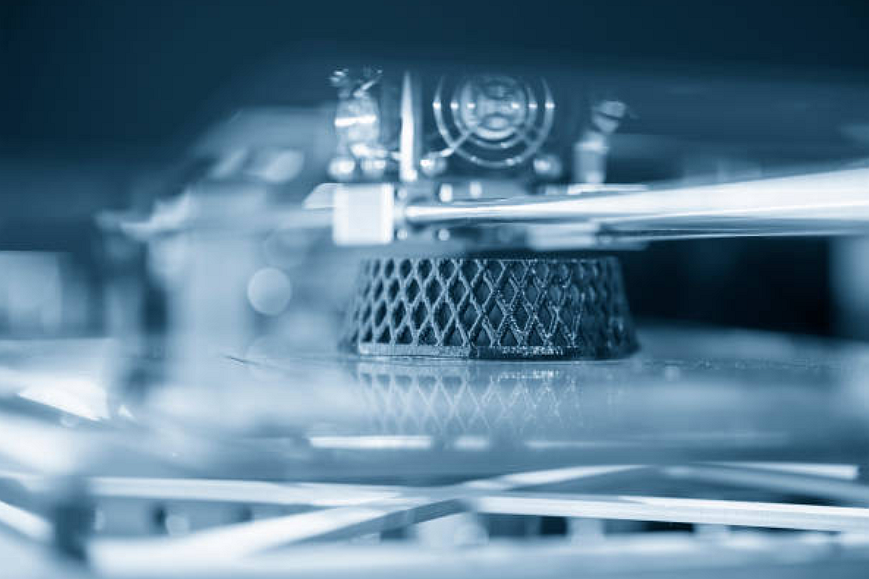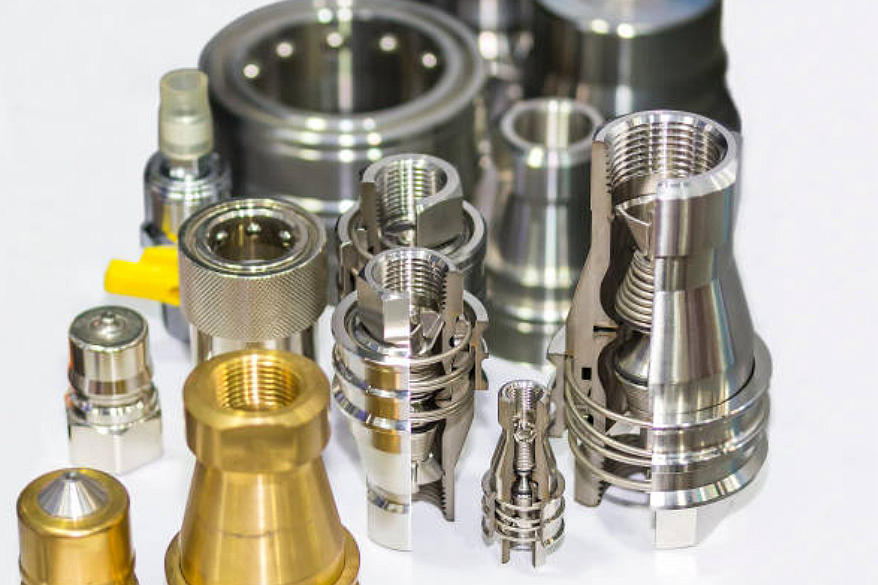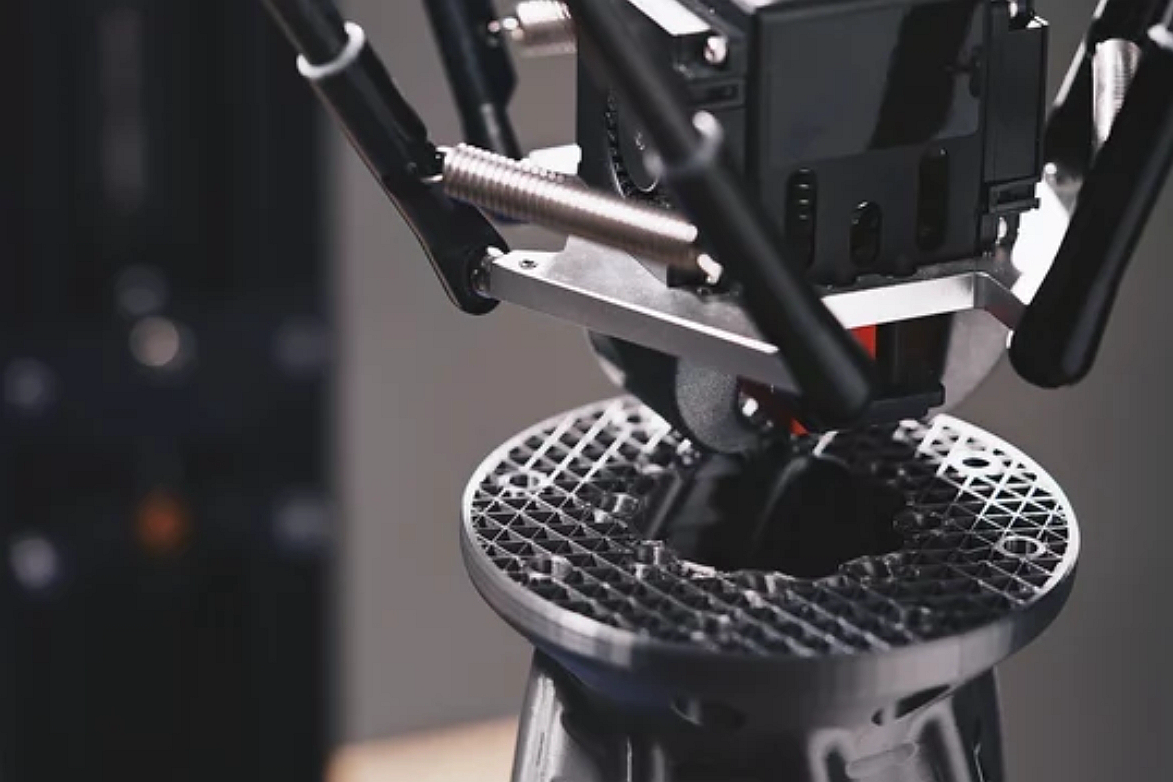AlSi7Mg
Basic Description of AlSi7Mg Powder
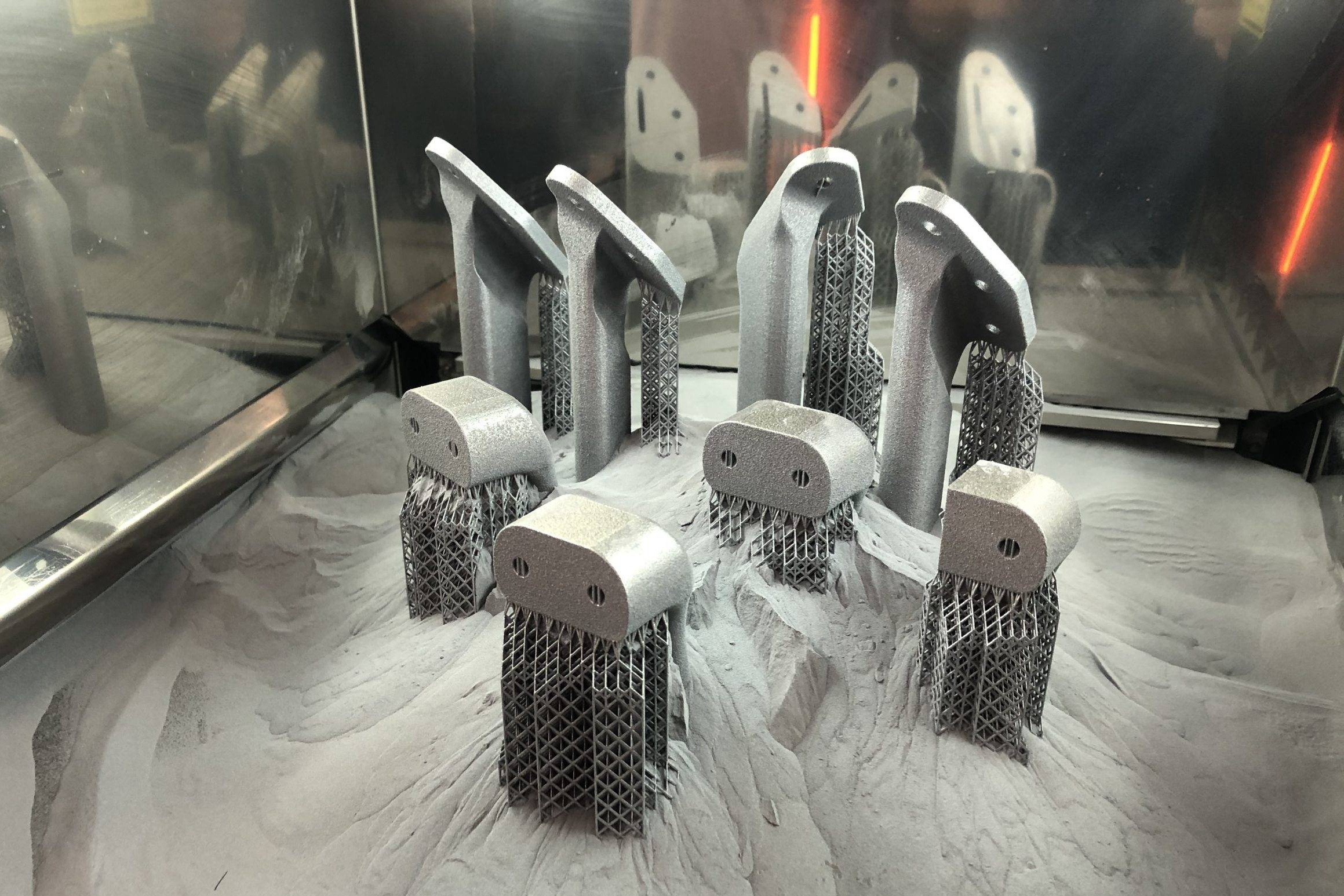
AlSi7Mg is a high-strength aluminum alloy known for its excellent properties. It is suitable for high-performance applications in various manufacturing sectors. This alloy is commonly used in powder, especially for additive manufacturing and metal injection molding processes. Comprising aluminum, silicon, and magnesium, AlSi7Mg strikes a balance between strength, flexibility, and thermal stability, making it particularly appealing for industries requiring lightweight yet durable components.
The addition of silicon in the alloy enhances its fluidity. It reduces shrinkage during solidification, which is crucial for achieving intricate details without defects in casting or 3D printing. On the other hand, Magnesium strengthens the alloy by promoting the formation of magnesium silicide (Mg2Si), which substantially enhances the mechanical properties, especially after heat treatment. These characteristics make AlSi7Mg a preferred choice for producing parts that demand high performance in demanding environments.
AlSi7Mg Similar Grades
AlSi7Mg is closely related to several other aluminum alloys, each differing slightly in composition and resultant properties to suit specific application needs. Some similar grades include:
AlSi10Mg: This alloy has a higher silicon content than AlSi7Mg, offering better fluidity and making it more suitable for casting complex geometries. However, AlSi10Mg generally has lower flexibility, which makes AlSi7Mg preferable for applications requiring a balance of strength and elongation.
AlSi12: Known for its even higher silicon content, AlSi12 provides excellent fluidity and filling characteristics, ideal for detailed thin-walled castings in the automotive and aerospace industries. Its mechanical strength is lower than AlSi7Mg, positioning AlSi7Mg as the better option for structurally demanding applications.
AlSi5Cu1Mg: This grade includes copper, which increases hardness and strength but at the cost of a reduction in corrosion resistance and an increase in the complexity of the casting process. AlSi7Mg, without the addition of copper, offers a better combination of corrosion resistance and mechanical performance for most industrial applications.
Each of these grades serves specific niche requirements, with AlSi7Mg often chosen for its superior overall balance of mechanical properties, manufacturability, and performance in challenging environments. Its versatility makes it well-suited for various applications, from aerospace components to automotive parts, where reliability and strength are paramount.
Applications of AlSi7Mg Powder
AlSi7Mg alloy is highly valued in various industries due to its excellent mechanical properties and adaptability in manufacturing processes. Here, we explore applications where AlSi7Mg powder is particularly effective, showcasing its versatility and pivotal role in modern manufacturing.
Aerospace Industry
In the aerospace sector, the lightweight yet strong characteristics of AlSi7Mg are crucial. The alloy is used for:
Structural Components: Elements such as brackets, frames, and fuselage parts are commonly manufactured from AlSi7Mg. These components benefit from the alloy's high strength-to-weight ratio, enhancing aircraft performance and fuel efficiency.
Engine Parts: AlSi7Mg is used in the production of non-critical engine components. Its excellent thermal properties and resistance to high temperatures make it suitable for applications close to engine heat sources.
Automotive Industry
AlSi7Mg's ability to withstand dynamic stresses and its lightweight nature makes it ideal for the automotive industry, especially in the following areas:
Suspension Systems: Components like shock absorbers and chassis elements are often made from AlSi7Mg, improving vehicle handling and durability without adding unnecessary weight.
Transmission Components: Gears and casings benefit from the alloy's wear resistance and strength, contributing to more reliable and longer-lasting vehicle transmission systems.
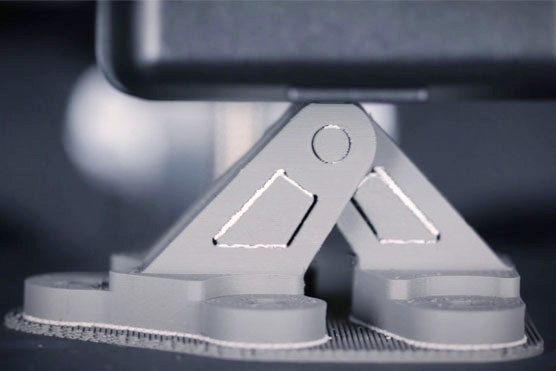
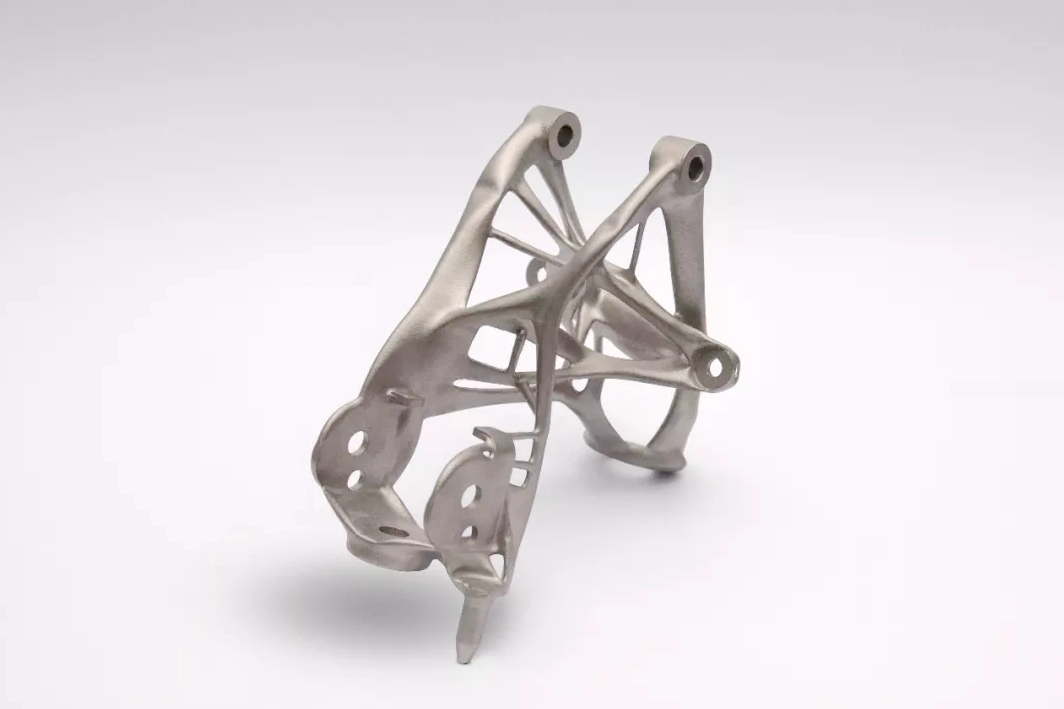
Marine Applications
The excellent corrosion resistance of AlSi7Mg allows its use in marine environments, where it helps to construct:
Boat Hulls: Small boat components, including hull reinforcements, are crafted using AlSi7Mg to withstand saltwater corrosion while providing structural integrity.
Deck Fittings and Fixtures: High corrosion resistance ensures that deck fittings, cleats, and pulleys maintain functionality and appearance despite harsh marine conditions.
Sports and Recreation
AlSi7Mg is also popular in sports equipment manufacturing, where its strength and lightness are advantageous:
Bicycle Frames: The alloy's resistance to fatigue stress is perfect for high-performance bicycle frames, offering durability and a lighter ride.
Outdoor Gear: Components of camping equipment and other outdoor gear benefit from the alloy's strength and lightweight properties, making them easier to transport and more durable under rugged conditions.
Medical Devices
In the medical field, the biocompatibility of AlSi7Mg makes it suitable for:
Surgical Instruments: Lightweight and robust, AlSi7Mg creates various surgical tools requiring precision and reliability.
Orthopedic Implants: Its good mechanical properties and corrosion resistance make AlSi7Mg a candidate for non-permanent implants such as screws and plates used in bone surgery.
These applications illustrate the adaptability of AlSi7Mg powder across different sectors, each leveraging the alloy's unique properties to enhance product performance. Whether in high-stress aerospace applications, precision medical instruments, or performance-critical automotive components, AlSi7Mg stands out as a material that brings efficiency, durability, and innovation to the manufacturing landscape.
Composition and Properties of AlSi7Mg Powder
Composition of AlSi7Mg
AlSi7Mg is an aluminum alloy primarily consisting of aluminum, with silicon and magnesium as the vital alloying elements. Each component plays a crucial role in defining the alloy’s characteristics:
Aluminum (Al): The base metal provides the fundamental properties of lightweight and corrosion resistance.
Silicon (Si): Typically around 7% of the alloy, silicon improves the aluminum’s casting properties by enhancing fluidity and reducing shrinkage during solidification.
Magnesium (Mg): Magnesium content is usually close to 0.5%, which helps strengthen the alloy by forming magnesium silicide (Mg2Si), which is particularly effective after heat treatment.
Trace Elements: Other elements like iron, copper, and zinc may be present in smaller amounts, influencing the alloy’s strength, machinability, and durability.
The specific balance of these elements in AlSi7Mg provides a versatile combination of mechanical and physical properties suitable for various applications.
Mechanical Properties
Tensile Strength: AlSi7Mg typically exhibits a tensile strength of approximately 240 to 320 MPa, making it suitable for applications requiring moderate to high strength.
Yield Strength: The yield strength of AlSi7Mg can range from 140 to 200 MPa, indicating good structural integrity under stress.
Elongation: This alloy maintains an elongation at break of around 2% to 5%, which suggests moderate ductility, allowing some flexibility in use without compromising its structural integrity.
Hardness: AlSi7Mg possesses a Brinell hardness of approximately 70 to 85 HB, contributing to its wear and surface abrasion resistance.
Thermal Properties
Melting Point: AlSi7Mg has a melting point of about 570-590°C, which is relatively low and beneficial for processes like casting and additive manufacturing that require alloy melting.
Thermal Conductivity: The thermal conductivity of AlSi7Mg is moderate, typically around 120-140 W/m-K, facilitating adequate heat dissipation in thermally sensitive applications.
Corrosion Resistance
Corrosion Resistance: AlSi7Mg offers good corrosion resistance, particularly against atmospheric and marine environments. It makes it ideal for outdoor applications and those in contact with moist or saline conditions.
Powder Characteristics of AlSi7Mg
The powder form of AlSi7Mg is specifically designed for additive manufacturing processes, where its flowability, particle size, and consistency are critical to achieving high-quality results. Understanding the specific characteristics of AlSi7Mg powder helps optimize manufacturing processes and achieve the desired mechanical properties in the finished product.
Yield Strength
Yield Strength: AlSi7Mg powder typically exhibits a yield strength of approximately 140 to 200 MPa. This high yield strength ensures that parts made from this alloy can sustain significant stress without permanent deformation, making it ideal for structural components in automotive and aerospace applications.
Tensile Strength
Tensile Strength: The tensile strength of AlSi7Mg can range from 240 to 320 MPa. This measure of the maximum load a material can withstand while being stretched or pulled before failing or breaking is crucial for applications with high operational stresses.
Elongation
AlSi7Mg elongates at a break of about 2% to 5%. Although not highly ductile, this level of elongation provides enough flexibility for the alloy to absorb energy and withstand impact without fracturing, which is beneficial for dynamic applications.
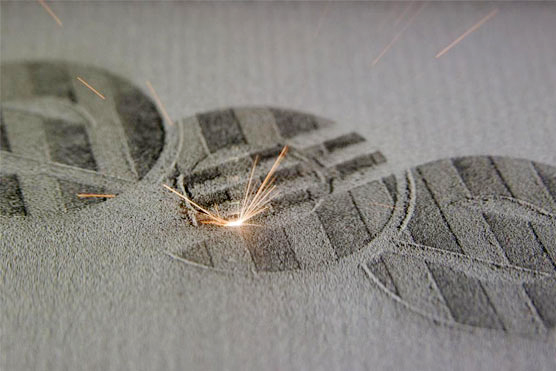
Powder Particle Characteristics
Understanding the particle characteristics is essential as they directly affect the printing process, the quality of the layers, and the mechanical properties of the finished product.
Particle Size Distribution: AlSi7Mg powder typically has a particle size distribution ranging from 20 to 50 microns. This size range is optimal for most selective laser melting (SLM) processes, ensuring good flowability and high packing density, which is crucial for achieving uniform layers during printing.
Sphericity: The particles of AlSi7Mg powder are generally very spherical, contributing to excellent flow characteristics and reducing the risk of clogging in the printer’s feeding system. High sphericity ensures consistent layer thickness and uniform melting and solidification during the SLM process.
Particle Morphology: AlSi7Mg particles usually have a smooth surface morphology, which enhances their flowability and contributes to more uniform heat distribution during the laser melting process. It is pivotal for achieving parts with high dimensional accuracy and mechanical integrity.
The powder characteristics of AlSi7Mg, including its mechanical properties and particle properties, make it highly suitable for precision manufacturing processes like selective laser melting. The high yield strength, appropriate tensile strength, and moderate elongation ensure that the manufactured parts perform well under operational stresses. Meanwhile, the optimal particle size distribution, high sphericity, and smooth powder morphology facilitate efficient and reliable processing, leading to high-quality final products with minimal defects. Understanding these characteristics allows manufacturers to better predict the behavior of AlSi7Mg in various manufacturing scenarios and tailor the processing conditions to optimize the performance of the finished parts.
Physical Properties of AlSi7Mg Powder
AlSi7Mg powder, utilized in advanced manufacturing processes such as additive manufacturing, exhibits specific physical properties that significantly influence its handling, processing, and performance in final applications. Understanding these physical properties is crucial for manufacturers effectively utilizing this alloy in their production processes.
Density
Density: AlSi7Mg has a typical density of approximately 2.67 g/cm³. This relatively low density is advantageous in applications where reducing weight is critical, such as in aerospace and automotive industries, contributing to the efficiency and performance of the final products.
Hardness
Hardness: The alloy has a Brinell hardness of around 70 to 85 HB. This hardness level provides good resistance to surface wear and minor abrasions, which is essential for components exposed to harsh operational environments.
Specific Surface Area
Specific Surface Area: AlSi7Mg powder's specific surface area is critical as it affects the reactivity and sintering behavior of the powder. A larger surface area allows for better sintering and bonding of particles under heat, which is crucial for achieving solid and dense parts.
Sphericity
Sphericity: The high sphericity of AlSi7Mg powder particles ensures excellent flowability and uniform layering during the 3D printing process. This trait is crucial for maintaining consistent printing conditions and achieving high-quality surface finishes.
Bulk Density
Bulk Density: The bulk density of AlSi7Mg powder, which reflects how densely the powder packs under gravity, is essential for determining the feed rates and packing behavior in additive manufacturing machines. Good bulk density values help achieve uniform density across manufactured parts, reducing porosity and improving mechanical properties.
Hall Flow Rate
Hall Flow Rate: AlSi7Mg powder typically exhibits good flow characteristics, quantified by the Hall flow rate. An optimal flow rate is essential for ensuring the powder can be efficiently and reliably dispensed during printing, avoiding clogs, and ensuring consistent deposition.
Melting Point
Melting Point: AlSi7Mg melts at approximately 570-590°C. This lower melting point relative to many other metals and alloys reduces energy consumption during manufacturing and facilitates faster processing times.
Relative Density
Relative Density: AlSi7Mg can achieve a relative density of 99% or higher in additive manufacturing settings when processed under optimal conditions. It indicates minimal porosity and a high level of structural integrity in the final parts.
Recommended Layer Thickness
Recommended Layer Thickness: For AlSi7Mg, the recommended layer thickness in additive manufacturing processes typically ranges from 20 to 50 microns. This parameter balances detail resolution and build speed, accommodating the specific characteristics of the alloy.
Thermal Expansion Coefficient
Thermal Expansion Coefficient: AlSi7Mg has a thermal expansion coefficient of about 21.0 µm/m-K. Understanding this property is essential for evaluating how parts respond to temperature changes during use, especially in thermal cycling applications.
Thermal Conductivity
Thermal Conductivity: With a thermal conductivity range of 96-120 W/m-K, AlSi7Mg can dissipate heat effectively. This property is precious in applications like electronic housings and automotive parts, where managing heat is crucial to maintaining functionality.
Manufacturing Techniques for AlSi7Mg
AlSi7Mg alloy powder is versatile and suitable for various advanced manufacturing techniques. Each method leverages the unique properties of AlSi7Mg to produce parts that meet specific industry standards and application requirements. Here, we explore different manufacturing processes that utilize AlSi7Mg, compare the resulting parts, and discuss common issues and solutions associated with these techniques.
Suitable Manufacturing Processes for AlSi7Mg
3D Printing (Selective Laser Melting - SLM): SLM is particularly effective with AlSi7Mg due to its precision in producing complex geometries with great detail and minimal waste. It is ideal for producing lightweight, structurally complex components for aerospace and automotive applications.
Metal Injection Molding (MIM): MIM is used for mass-producing small, intricate parts such as automotive components and consumer electronics parts, where the refined detail capabilities of AlSi7Mg are beneficial.
Powder Compression Molding: This technique is less common but valuable for producing large quantities of geometrically simple parts quickly and economically.
CNC Machining: Post-processing of AlSi7Mg parts, especially those made through SLM, often involves machining to achieve precise tolerances and high-quality surface finishes.
Comparison of Parts Produced by These Manufacturing Processes
Surface Roughness: Parts produced via SLM tend to have a rougher surface than those made through MIM or CNC machining, which typically yields smoother finishes.
Tolerances: CNC machining offers the highest tolerances, while SLM and MIM provide moderate to high tolerances suitable for most applications.
Internal Defects: SLM and MIM parts may exhibit some porosity; however, Hot Isostatic Pressing (HIP) can significantly reduce these internal defects.
Mechanical Properties: HIP-processed parts often exhibit superior mechanical properties due to the elimination of internal porosities and enhanced material density.
Compactness: Parts made through HIP and CNC machining generally show higher compactness and uniformity than those produced by SLM or MIM.
Common Issues and Solutions in Manufacturing with AlSi7Mg
Surface Treatment: SLM-produced parts may require additional surface treatments such as sandblasting or chemical finishing to improve surface roughness.
Heat Treatment: Heat treatment is often necessary to relieve residual stresses and enhance the mechanical properties of parts made from AlSi7Mg, regardless of the manufacturing process.
Tolerance Achievement: Achieving tight tolerances with SLM can be challenging; post-process machining is frequently required to meet precise specifications.
Deformation Problems: Parts are susceptible to deformation due to residual stresses during cooling; proper support design and strategic orientation during printing can mitigate this issue.
Cracking Problems: Optimizing the laser parameters and maintaining a consistent build environment are critical to prevent cracking, particularly in SLM.
Detection Methods: Advanced inspection techniques such as CT scanning are recommended to detect any internal defects or inconsistencies within the part.
AlSi7Mg's adaptability across different manufacturing techniques makes it valuable in various sectors. Manufacturers can better optimize their production strategies to leverage AlSi7Mg's strengths by understanding each process's specific benefits and challenges. Whether through 3D printing, metal injection molding, or more traditional manufacturing methods like CNC machining, AlSi7Mg offers a combination of performance and versatility crucial for modern manufacturing demands.
